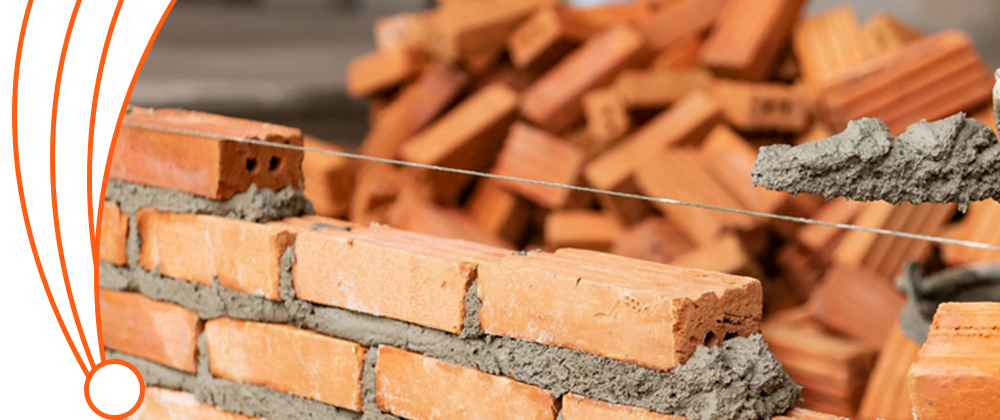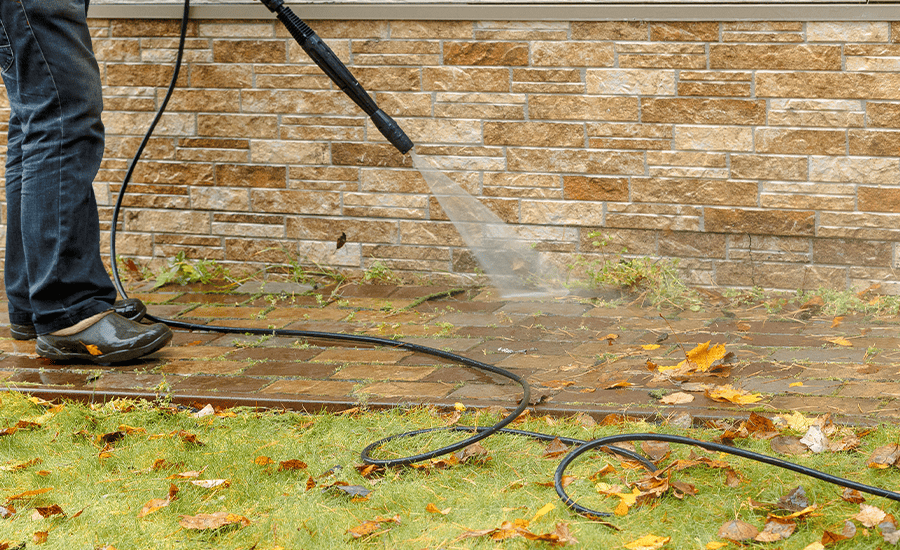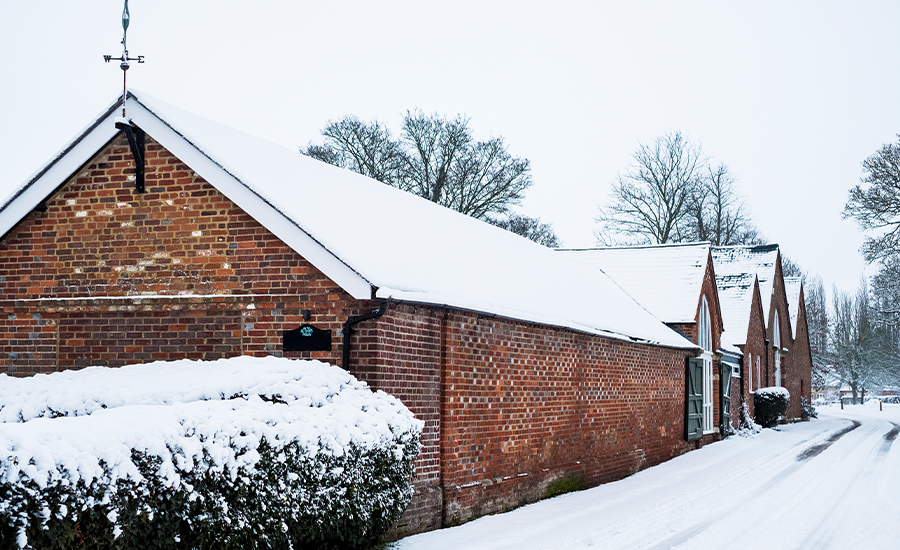Masonry is an age-old technique that has stood the test of time. It is a form of construction that involves using materials such as brick, stone, and concrete to create structures that are not only durable but also aesthetically pleasing. From ancient pyramids to modern skyscrapers, masonry has played a vital role in shaping our world.
But what is masonry? What are the main types of masonry? And why is it still relevant today? In this blog post, we’ll explore everything you need to know about masonry – from its history to its importance in modern-day construction. So grab your hard hat and let’s get started!
What is Masonry?
What masonry, exactly? Masonry is a construction technique that involves the use of bricks, stones, and concrete to build structures. Masonry is one of the oldest forms of construction, dating back to ancient times. Today, masonry is still used to build a variety of structures, including churches, homes, and skyscrapers.
One reason why masonry is so enduring is its durability – buildings constructed using this technique are known to be sturdy and long-lasting. Masonry also offers excellent insulation against heat and cold, making it an energy-efficient choice for buildings.
There are different types of masonry available depending on your needs. For example, brick masonry uses clay bricks as its primary material while stone masonry uses natural stones like granite or marble. Concrete block masonry utilizes precast concrete blocks to form walls.
Masons use specialized tools such as trowels and hammers when working with these materials. They must have a keen eye for detail since even minor imperfections can cause problems down the line.
Whether you’re constructing a small garden wall or a large commercial building, masonry is an incredibly versatile technique that can help bring your vision to life!
The History of Masonry
- The history of masonry dates back to ancient times when humans first began building structures using stone. The earliest known examples of masonry can be traced back to the Neolithic era, around 10,000 BC.
- Throughout history, masonry has been widely used in the construction of temples, monuments, and other important buildings. Ancient civilizations such as the Egyptians and Greeks were renowned for the advanced masonry techniques that allowed them to build impressive structures like pyramids and temples.
- During medieval Europe, stonemasons formed guilds that set standards for craftsmanship and ensured quality workmanship. These guilds played an integral role in shaping modern-day architecture with their innovative techniques and attention to detail.
- In more recent times, advancements in technology have led to new materials like concrete being used alongside traditional stonework methods. Despite these changes over time, the principles of masonry have remained largely unchanged: precision craftsmanship combined with artistry produces stunning results that stand the test of time.

The Three Main Branches of Masonry
Masonry is a prominent trade that dates back thousands of years. Throughout history, various branches and sub-branches have emerged in masonry. However, three main branches stand out – Operative Masonry, Speculative Masonry, and Freemasonry.
Operative Masonry originated during the Middle Ages when skilled craftsmen used their knowledge to build magnificent structures like castles, cathedrals, and bridges from stone. They were responsible for designing structures as well as cutting and laying stones.
Speculative Masonry came into existence during the 17th century when non-stone workers began seeking membership in masonic lodges out of intellectual curiosity rather than vocational interest. Speculative masons focus more on personal development through moral teachings contained within symbolic ceremonies.
Freemasonry is an offshoot of Speculative Masonry with its origins dating back to 1717 England where it became popular among intellectuals who sought to promote enlightenment ideals through philosophical discussions based on symbolic rituals. The organization emphasizes brotherhood, charity work, self-improvement, and community service among its members.
These three main branches have played significant roles in shaping contemporary society by fostering social connections between people from different trades and professions while also promoting principles such as community service and personal development.
The Principles of Masonry
The principles of masonry are rooted in the idea of building structures that last for generations. Masonry work is a craft, and as such, it requires dedication to the process, attention to detail, and a commitment to quality.
- One of the key principles of masonry is durability. A well-built brick or stone structure can stand for hundreds of years with little maintenance other than occasional repairs. The use of high-quality materials and precise techniques ensures that every piece fits together perfectly.
- Another principle is strength. Masons must choose materials that can withstand extreme weather conditions including strong winds, heavy rainfalls, or snowstorms among others. Through careful selection and placement of bricks or stones, they create structures that can resist stress from various directions while maintaining their shape over time.
- Masons also adhere to strict guidelines when it comes to safety on the job site. They understand how important it is to protect themselves as well as those around them by following established protocols for handling tools and equipment correctly.
- One principle close to every mason’s heart: beauty – aesthetic appeal plays a vital role in masonry work too! Skilled artisans carefully select colors and textures best suited not just for structural integrity but visually pleasing results also!
Different Techniques in Masonry
One of the fascinating aspects of masonry is the different techniques that are used to create beautiful and durable structures. Masonry techniques have evolved, with each culture and region developing its unique style.
- One technique commonly used in masonry is bricklaying. Bricks are often made from clay or concrete, and they come in a variety of shapes, sizes, and colors. In bricklaying, bricks are laid one on top of the other using mortar as an adhesive.
- Another popular technique is stone masonry where stones are cut into specific shapes before being placed together like a puzzle with mortar between them to hold everything together. This method has been used for centuries in creating stunning buildings such as temples and castles.
- A third technique is block laying which involves using pre-made blocks that can be made from materials such as concrete or cinder blocks. These blocks can be easily stacked on top of each other resulting in faster construction times.
- There’s veneer masonry which involves adding a thin layer of stone or brick onto an existing wall surface for decorative purposes rather than structural support.
These different techniques highlight how versatile masonry truly is when it comes to building long-lasting structures with timeless beauty.
Why is Masonry Important?
Masonry is a vital aspect of construction that has been around for centuries. It involves the use of building materials like stone, concrete blocks, and bricks to create various structures. Masonry serves as an essential foundation for buildings because it provides durability, stability, and beauty.
The importance of masonry cannot be overstated when considering the longevity of a structure. Well-built masonry can last for decades or even centuries with little maintenance required. This makes it one of the most cost-effective building techniques available today.
Masonry also plays a significant role in protecting buildings from natural disasters such as hurricanes and earthquakes due to its inherent strength and ability to withstand external forces.
Moreover, masonry offers excellent insulation properties by keeping buildings warm during colder months while providing coolness in hotter seasons through thermal mass retention.
In addition to being practical, masonry adds aesthetic value to any building project with its unique textures, colors, and patterns that add character and uniqueness to any structure.
The importance of masonry lies in its unmatched combination of durability, versatility, and energy efficiency qualities which make it an ideal choice for both residential and commercial construction applications.
What is Masonry Construction?
Masonry construction is a building technique that uses stones, bricks, or concrete blocks to create a solid structure. The materials are bonded together with mortar, which is a mixture of cement, sand, and water.
Masonry construction offers versatility in design as well. With different types of stone or brick available in various colors and textures, builders can create unique patterns and designs that add character to any building.
Another benefit of masonry construction is its energy efficiency. Masonry walls provide insulation from both heat and cold, helping to reduce energy costs for heating and cooling.
Masonry construction has been used for centuries due to its strength, durability, versatility in design options as well as energy-efficiency properties making it an excellent choice for all kinds of buildings – whether residential or commercial!
Conclusion
Masonry is a skilled profession that has been around for centuries. Its importance in the construction industry cannot be overstated as it provides durable and aesthetically pleasing structures. The history of masonry dates back to ancient times when people used stones to build their homes and fortifications.
In summary, masonry plays an essential role in creating beautiful buildings that stand the test of time with its classic technique. It will continue to remain relevant even with modernization because one can never overlook its benefits over other methods. Masonry helps create not just buildings but also unique pieces of art from bricks or stones making it fascinating craftsmanship. Creating something outlasting generations always carries value, and this is what makes Masonry so special!









